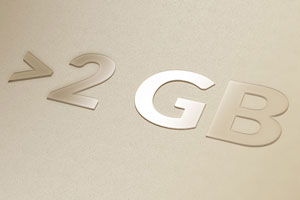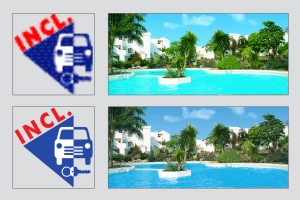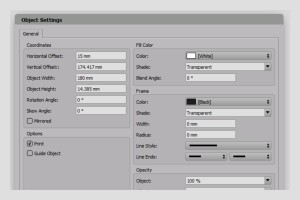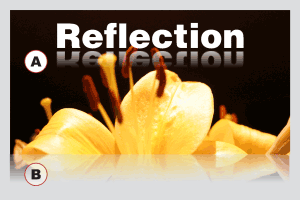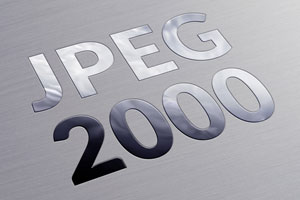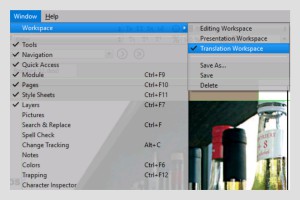The limitation of the layout file size to 2 Gigabyte has been removed. This is particularly relevant to the embedding of large amounts of data for images, as you will find in a photo book application.
Native InDesign INDD Import (10.0)
The import of InDesign documents has been significantly improved and adapted to the new functions (new image formats, new path options, etc.). The highlight: We decoded the native InDesign format (.indd). Now you can import not only IDML, but also native InDesign documents in INDD format. This works even if you don’t have an InDesign document.
Furthermore: In the Web Edition you can even drag and drop InDesign documents onto the browser window and open them!
Improved EPS Handling
Working with EPS files has been significantly improved: With the new PostScript Renderer technology, VivaDesigner creates a crisp preview of vector EPS images on all platforms. If the use of embedded previews is deactivated in the Preferences, the sharpness and color rendering of EPS Bitmap images also is frequently improved. With this new technology, EPS images can also be used in a PDF workflow.
Consistent Interface (9.5)
A new design for palettes was established with version 9.0. Now this new design is also available for dialogs.
New Web Edition (10.0)
The new Web Edition makes design in the browser a unique experience. Whether you’re editing one, ten or a hundred document pages, the speed is so fascinating that you won’t notice a difference between a desktop and web version, even at low bandwidths. Depending on your configuration, you can print documents directly to the local printer and drag and drop images directly from the desktop into the layout document.
New effects
Use new effects on objects that thanks to the native transparency support of PDF/X-4 and PDF/X-5 can be output perfectly. These include “Inner Shadow”, “Inner and Outer Glow”, “Color Overlay” and the novel “reflection effect”. With the “Preflight” option, you can also still check your document for effects.
11: Retina Support (9.5)
UHD support was already established with version 9.0. Now the program also supports Retina displays.
New Backup Technology (10.0)
No program and no computer works without errors. Errors are annoying if, for example, files are stored on defective sectors of the data carrier. In such cases, the documents are often irretrievably defective because no software can prevent this problem. With VivaDesigner 10’s new backup technology, you can work around this problem by accessing older versions of the same document at any time, even if they were edited months ago.
New JPEG2000 import
Import images in the native JPEG2000 format. These images are much smaller than the usual JPG images and also have a better quality, as JPEG2000 images are saved loss-free.
Multiple Workspaces (9.5)
You can now create and choose between multiple workspaces.

